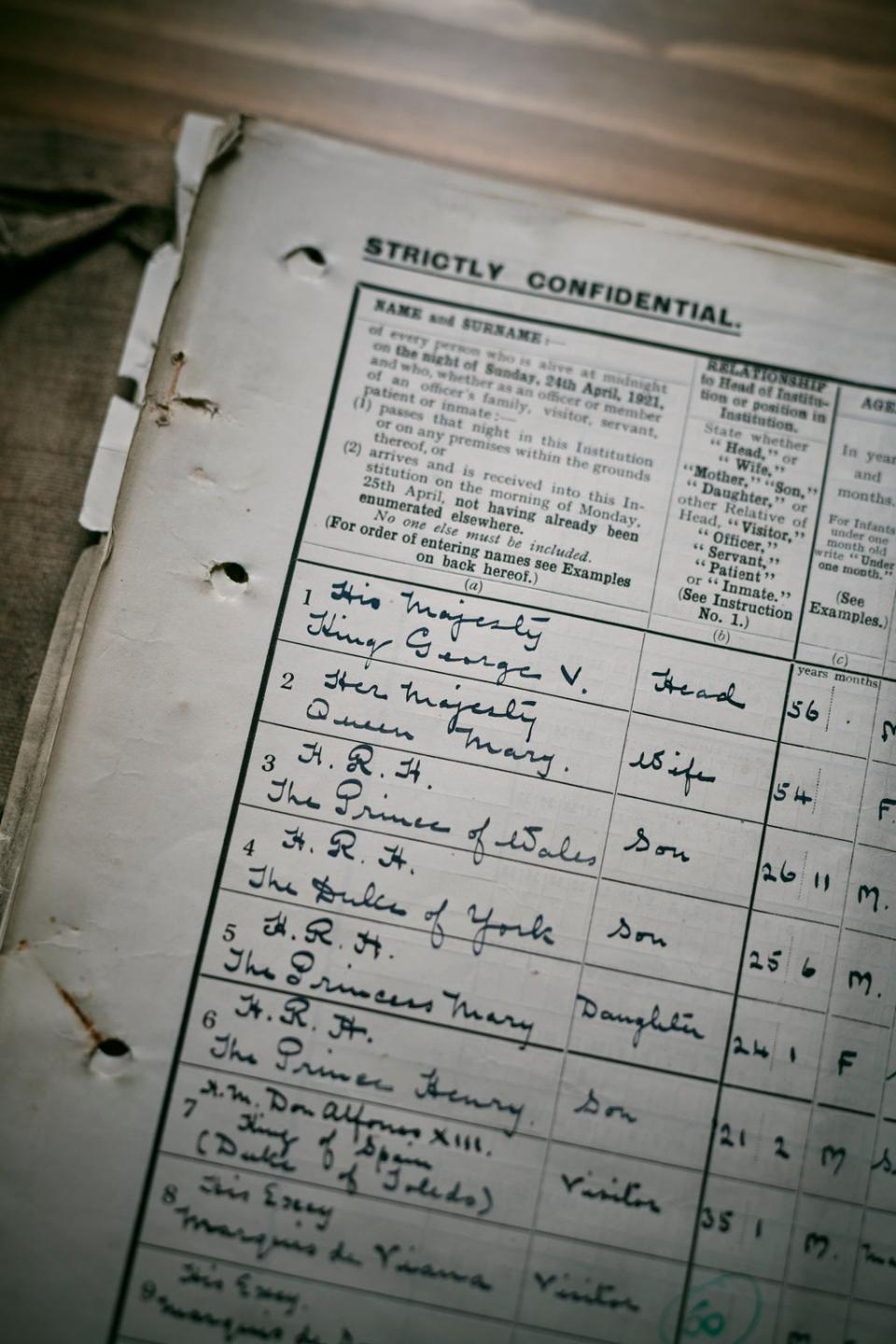Life in post-First World War Britain revealed as 1921 census is released

What difference does 100 years make? Not a lot according to the newly published 1921 census which reveals a nation grappling with a deadly pandemic and in the middle of a housing crisis.
The record of the lives of 38 million people was gathered in a country still recovering from World War One and includes famous names such as Lord of the Rings writer JRR Tolkien, a young Captain Tom Moore and the Royal Family.
Master Moore, of Keighley in Yorkshire, was just 13-months-old when the census was completed.
He is listed as the son of Wilfred, a 36-year-old building contractor, and 34-year-old Isabel, whose occupation was listed as “household duties”.
The family lived in a six-bedroom property at the time the census was completed.
Tolkien is shown working at the University of Leeds while just down the road at Keighley is the one-year-old Thomas Moore who almost a century later inspired the country with his fundraising efforts in the first months of the pandemic.
The census, which covers England and Wales, was taken on June 19, 1921, when 38,000 staff were sent to every corner of the country to visit more than 8.5 million households as well as army camps, prisons, hospitals and workhouses to ask people details including their age, birth place and job.
Among those recorded is King George V, the current Queen’s grandfather, who was registered with his wife Queen Mary and four of their children, the Prince of Wales, Duke of York, Princess Mary and Prince Henry.

Some of the records illuminate the troubled times with angry messages from people complaining about their living conditions such as James Bartley, a gas fitter in Hove, who wrote on his census record his family of five were living in one room, adding: “Stop talking about your homes for heroes and start building some”.
Others are still stained with disinfectant by census staff scared of contracting the Spanish Flu which killed millions around the world at the time.
The horrific death toll of World War One is also revealed with records showing there were more than 1.7 million more women than men in England and Wales – the largest discrepancy ever seen in a census as well as a huge 35% increase in the number of people recorded as being in hospital from 10 years before with many presumed to be former soldiers still recovering from their wounds.
Jeff James, chief executive at the National Archives, said the census release would help “create a period of collective curiosity about the past”.
He said: “These records reveal what has changed and evolved over time but can also provide familiarity with our lives today.
“The 1921 Census allows a snapshot of life 100 years ago at a time when individuals and communities were embarking on a new era where everyday rights and roles were changing. What makes it even more important is it will be the last census release for England and Wales for 30 years with the 1931 Census lost in a fire during the Second World War and the 1941 Census never taken.”
The census is available online at findmypast.co.uk.

 Yahoo News
Yahoo News 
